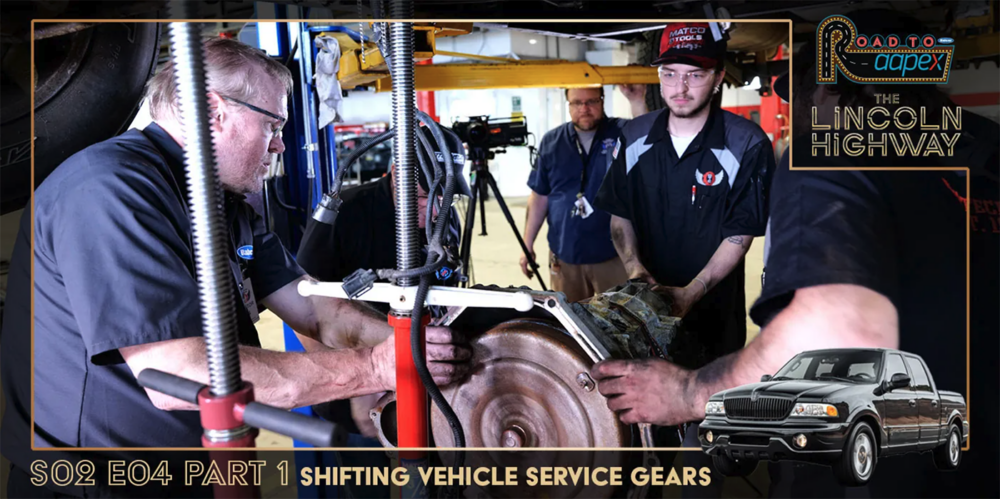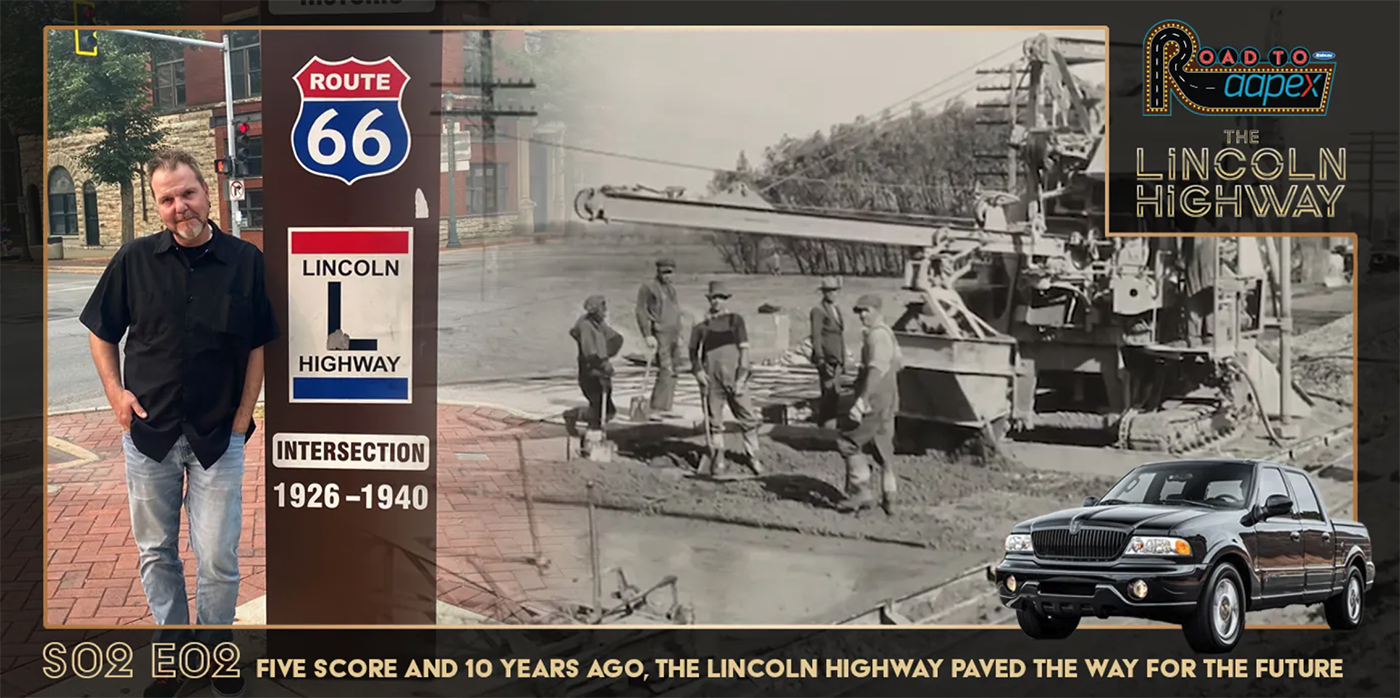Since imports have hit the scene, people have been developing and working hard at increasing the output of a smaller cubic inch engine. Anything from small, 4-cylinder assemblies such as those from Honda, Mitsubishi and even Subaru, to the 6-cylinder variety that Toyota and Nissan are very well known for proved to be not only super efficient, but also very compact, making them intriguing and a lot of fun to work on due to their size. The downside? Power output suffered some – but the racing industry took care of that issue.
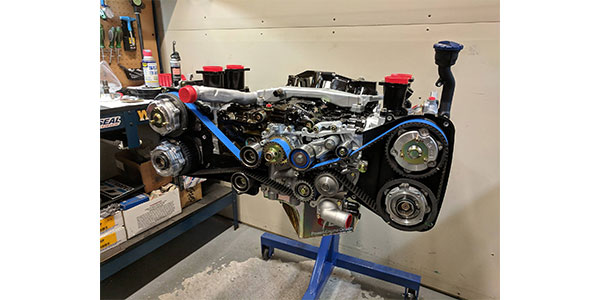
Behold forced induction, a means to create absolute power with very small area/displacement. Mitsubishi, Honda, Subaru, Toyota, and Nissan all have fantastic platforms to choose from. Each have their own quarks but rest assured, if done right, they can all be very strong power plants. Now people are making even the smallest of engines churn out massive amounts of power.
Forced induction has paved a massive line in the performance market. We have seen the market explode with awesome products and insane power production, allowing cars that were fast back in their prime to be reborn built to make strides so big they are setting new records. All this is possible due to forced induction and advancements in aftermarket parts and services.
This also has the potential for a catastrophe of carnage. Crankshafts are being pushed out of the bottom of blocks more often today because the engine assemblies were never meant to make the power these platforms are producing now. Thanks to these added stresses, items like billet main caps are an essential part to implement into many an engine’s assembly. Cap kits for many platforms such as the 2JZ, VG30, 4G63, and others are readily available.
When you start to look at engines running either turbochargers or superchargers, the platform must lend itself to changes. These changes range from part composition, increase in overall material strength, a decrease in weight, heavy-duty parts designed to strengthen the block, and the list goes on. You also must recognize the importance of setting up these parts to handle the abuse you intend to subject your engine to. Things like bearing clearance, piston-to-wall clearance, pin bore clearance, piston-to-valve clearance…the list adds up quickly as you can see.
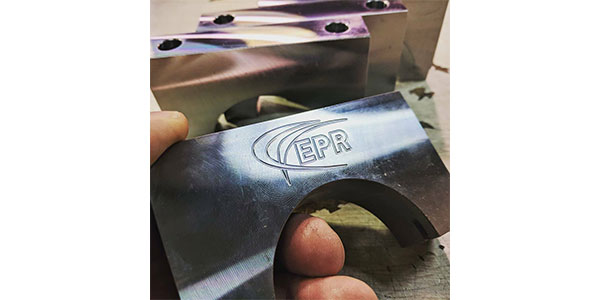
With all that going on you still have to find the right combination to give you the best possible outcome all while staying inside a budget set for you by your customer. This can sometimes be challenging but let’s be real, if they can afford or want to get the best, your customers will do everything in their power to ensure you provide the best parts and have the work performed the very best it can be.
There are a lot of great, quality, reputable engine shops around the country that really get involved in setting up engine systems to handle the abuse asked for by today’s customer and racing client. In this new age of forced induction we work with companies making massive power in engines that we never dreamed could handle and produce the horsepower they do – 2JZ engine assemblies making 2000+hp ane GT-Rs making 3000+hp. These are six cylinders!
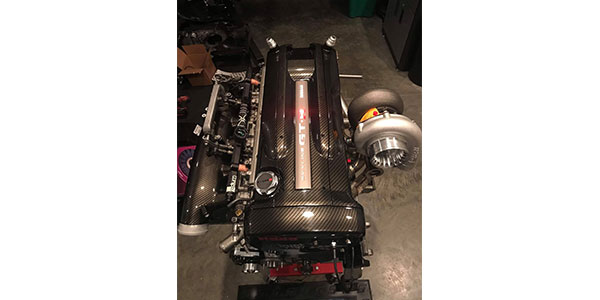
It’s not just Toyota – look at the Honda and Mitsubishi markets. The Honda guys are pushing some serious power and some even hit four digit horsepower on less than 3.0L of displacement. The Mitsubishi Evo engine (4G63) is a great power plant and has been pushed to limits that are absolutely remarkable. These platforms make 800+hp street engines that are commonplace now. All made possible by forced induction.
The gains we’ve seen throughout the years are so impressive it makes you wonder what’s next. With further strides in part development, there’s no doubt that we are going to see even more efficiency. Camshaft design, cylinder head porting advancements and part options like better gaskets will help us keep things properly sealed for big power builds. Advancements in piston design and piston ring technology are supplying us with innovations we simply didn’t have access to before, and are now a reality simply because engine builders have taken more interest in modifying import engines and making serious strides in creating horsepower.
It’s great to have such awesome manufacturers available to us that we can work closely with to develop new and exciting things. Be on the lookout the next time an import customer comes in wanting an engine build. You may just surprise yourself at how cool these things really are and how fun they can be to work on.





